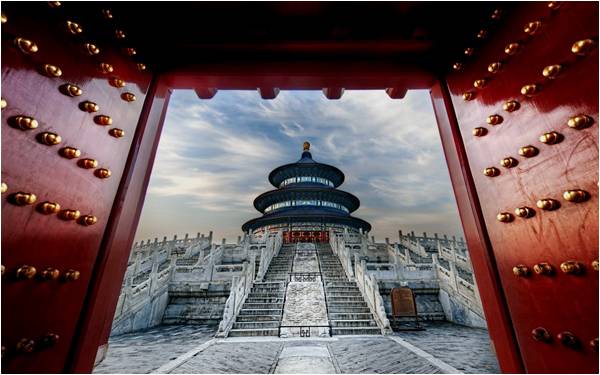
I landed in Beijing a couple of weeks ago and the papers were covered by news coverage on Pakistan; its strategic proximity to China and the long standing friendship between the two countries. Living as I do in the US, this was a huge respite from the usual headlines in the American newspapers about Pakistan terrorism and bomb blasts. Media has such a pivotal role of transforming the image of a country.
The visit by President Xi Jinping where he signed 51 MOUs is expected to yield more than billions of dollars investments in infrastructure and construction projects from the planned network in Kashghar in China bordering Tajikistan and Kyrgyz all the way to Gwadar, the southwest port in Pakistan through Baluchistan. This is integral to be Chinese One belt one Road plan to support partner countries along the route to develop infrastructure.
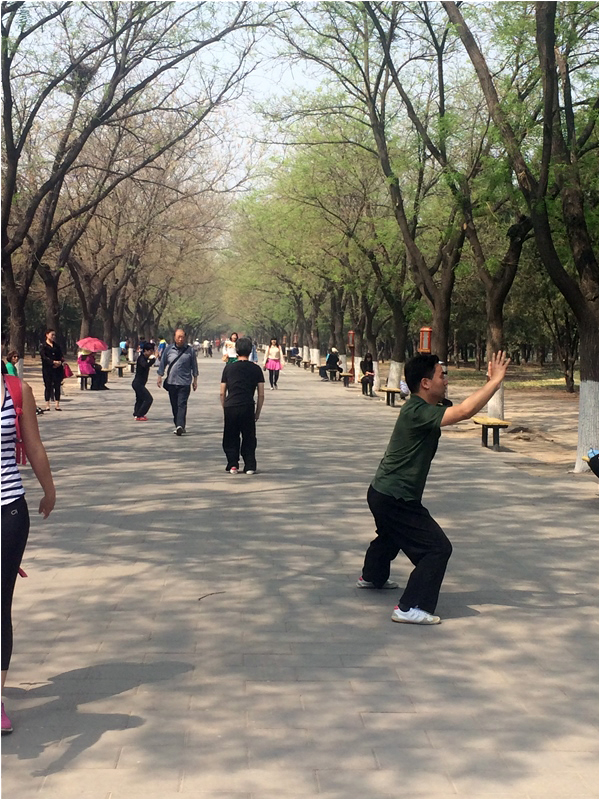
The four main drivers of the cooperation are expected to be energy, infrastructure, industrial development and economic corridor which will aptly be called the Silk Road. The latter is particularly important as it shortens the route for energy to be transported from the Middle East through Pakistan to China.
The concept draws heavily on reviving longstanding links between China and the rest of the world along the ancient Silk Route. The old Silk Route, spanning more than 4,000 kilometers, allowed an exchange of not only trade and goods but also culture from the East and West. It spanned as far back to the Han dynasty in 206 BC. It extended from China and India along South and Central Asia to the Mediterranean and Africa. One can still see the effects today as it allowed for the free flow of ideas, culture and trade among regions and civilizations. The revival of the silk route is long overdue and one wonders why it has lapsed over the years.
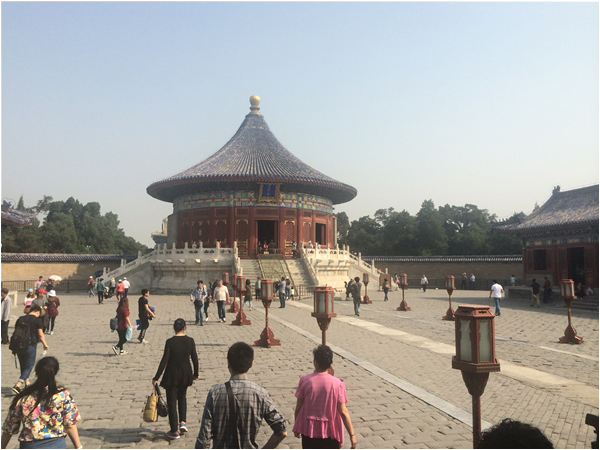
After spending the night in three different Chinese airports due to bad weather and diverted flights, I would happily revert to travelling by road along the Silk Route and never having to board a plane again. As a result of this experience, I can personally vouch for the amazing infrastructure the Chinese have created. Each airport was more glitzy and large scale then the next. The new provincial airports resembled modern spaceships. I hope they can do the same for our infrastructure in Pakistan as our airports look like rural bus stations in comparison.
The 17 hour journey bouncing around Chinese airports diverted by bad weather to our next destination brought home to be the bonding factor in delayed travel; regardless of where you are in the world and who you are with. For any of you who have been frustrated by long travel delays, lost luggage and fights between the crew and passengers, don’t despair. China is our soul brother in more ways than one. After wandering around the airport for two hours with a hapless young ground staff member, my fellow travelers were cheerfully waving their mobiles with his photo and badge ID numbers. They took pleasure in threatening to report him to military police.
Occasionally the eldest of the crowd would take a side swipe at the young man’s ears and tell him that he knew nothing. People began fighting and screaming at the defenseless staff. I felt perfectly at home and comfortable; this was like Lahore airport. They may have built roads and airports but continue to behave like we do. “Our friendship is higher than mountains, deeper than oceans, sweeter than honey, and stronger than steel,” now began to ring true.
Our motley group spent the night together making broken conversation. My official translator was a gentle Chinese geologist whose young daughter worked in the provinces as a lawyer. Apparently 3 million students graduate each summer from university making the job market very competitive so the young end up migrating out of cities to provinces to find jobs. We spoke of Guangzhou province where we landed as having the largest and oldest mosque in China, of the one child policy and how he longed for a sibling for his daughter. As dawn broke, we discussed Hilary’s chances of becoming president and even President Xi (or eleven as he is referred to) to Pakistan. His job was to look for gold in mines in China and the Far East and was disappointed to hear that we did not have any gold mines in Pakistan.
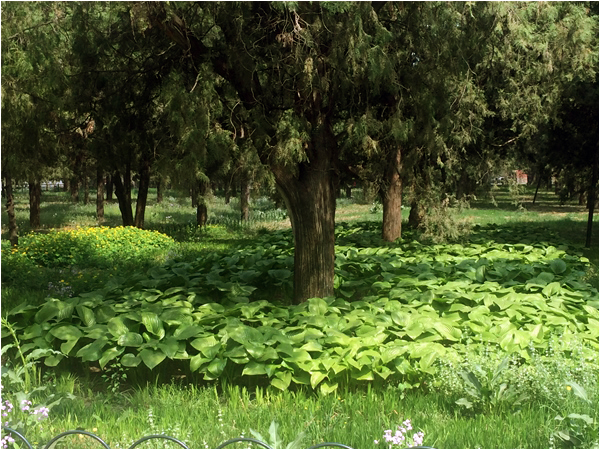
Having made it out of the airport, I was prepared for the hugeness of China. The monuments, like infrastructure in China, are built to impress and on a mammoth scale. On a weekend morning, I went straight to one of the biggest local parks in the south of Beijing. If ever you wonder what that 22 million odd Beijing population do on a weekend morning, then go straight to the Temple of Heaven. Built in the 1400s it was designed for the Emperor and his retinue to pray twice a year for good harvests. As the living embodiment of the Son of Heaven, it was symbolic for the Emperor to perform this function to pay homage to his source of power and authority and in turn to dispense largesse onto the people in terms of harvests.
As China was mainly an agricultural economy in the 1400s, the harvest was particularly important for the emperors, his subject and the country. The process was highly ritualistic and throughout the temples one can see symbols of the number 9 to bring one closer to heaven and signify good luck.
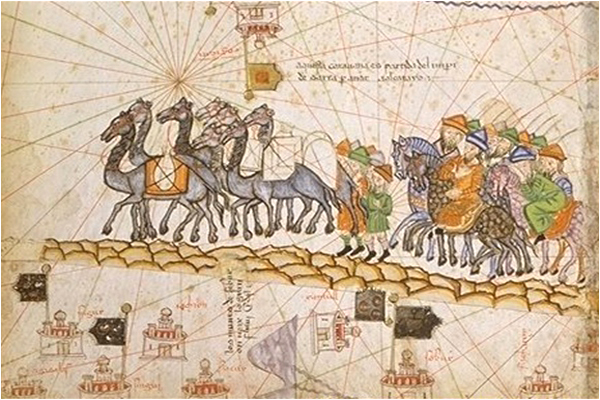
Twice a year the Emperor and all his retinue would move from the Forbidden City through to the South of Beijing to camp within the complex and its beautiful grounds. They would retreat from people; wearing special robes and abstain from eating meat. No ordinary Chinese was allowed to view this procession or the following ceremony. In the temple complex the Emperor would personally pray to Heaven for good harvests. The ceremony had to be perfectly completed; with great attention to detail otherwise a mistake would signal a bad omen for the harvest and country.
Surrounded the spectacular buildings are almost 600 hectares of pristine parkland with trees that have clearly been around for centuries. The temple and park provide an unusual portal to so many aspects of Chinese culture and history. Under ancient cypress trees, one finds women dancing with old Chinese fans and swaying gracefully as they practice Taichi. Gnarled old men were teaching ceremonial sword techniques and writing in Mandarin on pavements with giant paint brushes.
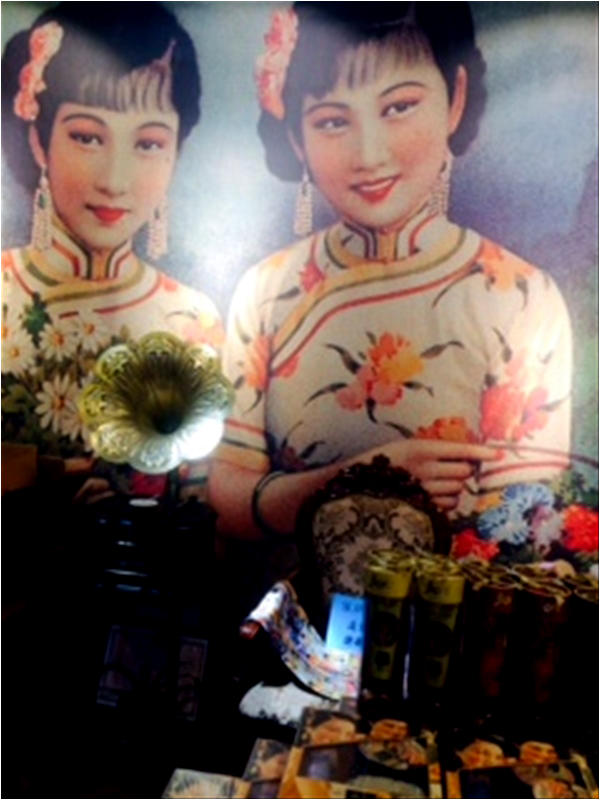
Young families, all with one child, had brought their families for karate yoga and singing classes. Young girls had come armed with canvases for art classes – to paint the shrines. Along the backdrop of the temple, a Chinese choir of more than 100 people sang traditional songs in fragrant fields covered in purple spring flowers. In one moment, one could hear, smell and see different aspects of China, modern and ancient, coalesce in harmony. It was an overwhelming sensory experience – one could hear, see, smell and feel Chinese life in a single moment.
Lao Tzu, the old Chinese philosopher and poet famously wrote that “the journey of a thousand miles begins with a single step”. If building the One Road can help in bridging the differences between East and West and to live concurrently with our past and present, then it really is worth taking the single step to revive the Silk Route, one step and brick at a time.
The visit by President Xi Jinping where he signed 51 MOUs is expected to yield more than billions of dollars investments in infrastructure and construction projects from the planned network in Kashghar in China bordering Tajikistan and Kyrgyz all the way to Gwadar, the southwest port in Pakistan through Baluchistan. This is integral to be Chinese One belt one Road plan to support partner countries along the route to develop infrastructure.

The four main drivers of the cooperation are expected to be energy, infrastructure, industrial development and economic corridor which will aptly be called the Silk Road. The latter is particularly important as it shortens the route for energy to be transported from the Middle East through Pakistan to China.
The concept draws heavily on reviving longstanding links between China and the rest of the world along the ancient Silk Route. The old Silk Route, spanning more than 4,000 kilometers, allowed an exchange of not only trade and goods but also culture from the East and West. It spanned as far back to the Han dynasty in 206 BC. It extended from China and India along South and Central Asia to the Mediterranean and Africa. One can still see the effects today as it allowed for the free flow of ideas, culture and trade among regions and civilizations. The revival of the silk route is long overdue and one wonders why it has lapsed over the years.

I would happily revert to travelling by road along the Silk Route
After spending the night in three different Chinese airports due to bad weather and diverted flights, I would happily revert to travelling by road along the Silk Route and never having to board a plane again. As a result of this experience, I can personally vouch for the amazing infrastructure the Chinese have created. Each airport was more glitzy and large scale then the next. The new provincial airports resembled modern spaceships. I hope they can do the same for our infrastructure in Pakistan as our airports look like rural bus stations in comparison.
The 17 hour journey bouncing around Chinese airports diverted by bad weather to our next destination brought home to be the bonding factor in delayed travel; regardless of where you are in the world and who you are with. For any of you who have been frustrated by long travel delays, lost luggage and fights between the crew and passengers, don’t despair. China is our soul brother in more ways than one. After wandering around the airport for two hours with a hapless young ground staff member, my fellow travelers were cheerfully waving their mobiles with his photo and badge ID numbers. They took pleasure in threatening to report him to military police.
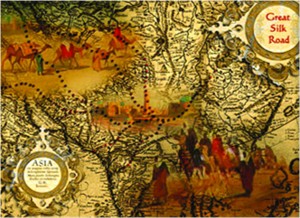
Occasionally the eldest of the crowd would take a side swipe at the young man’s ears and tell him that he knew nothing. People began fighting and screaming at the defenseless staff. I felt perfectly at home and comfortable; this was like Lahore airport. They may have built roads and airports but continue to behave like we do. “Our friendship is higher than mountains, deeper than oceans, sweeter than honey, and stronger than steel,” now began to ring true.
We spoke of Guangzhou as having the largest and oldest mosque in China
Our motley group spent the night together making broken conversation. My official translator was a gentle Chinese geologist whose young daughter worked in the provinces as a lawyer. Apparently 3 million students graduate each summer from university making the job market very competitive so the young end up migrating out of cities to provinces to find jobs. We spoke of Guangzhou province where we landed as having the largest and oldest mosque in China, of the one child policy and how he longed for a sibling for his daughter. As dawn broke, we discussed Hilary’s chances of becoming president and even President Xi (or eleven as he is referred to) to Pakistan. His job was to look for gold in mines in China and the Far East and was disappointed to hear that we did not have any gold mines in Pakistan.

Having made it out of the airport, I was prepared for the hugeness of China. The monuments, like infrastructure in China, are built to impress and on a mammoth scale. On a weekend morning, I went straight to one of the biggest local parks in the south of Beijing. If ever you wonder what that 22 million odd Beijing population do on a weekend morning, then go straight to the Temple of Heaven. Built in the 1400s it was designed for the Emperor and his retinue to pray twice a year for good harvests. As the living embodiment of the Son of Heaven, it was symbolic for the Emperor to perform this function to pay homage to his source of power and authority and in turn to dispense largesse onto the people in terms of harvests.
If you wonder what people of Beijing do on a weekend morning, then go straight to Temple of Heaven
As China was mainly an agricultural economy in the 1400s, the harvest was particularly important for the emperors, his subject and the country. The process was highly ritualistic and throughout the temples one can see symbols of the number 9 to bring one closer to heaven and signify good luck.

Twice a year the Emperor and all his retinue would move from the Forbidden City through to the South of Beijing to camp within the complex and its beautiful grounds. They would retreat from people; wearing special robes and abstain from eating meat. No ordinary Chinese was allowed to view this procession or the following ceremony. In the temple complex the Emperor would personally pray to Heaven for good harvests. The ceremony had to be perfectly completed; with great attention to detail otherwise a mistake would signal a bad omen for the harvest and country.
Surrounded the spectacular buildings are almost 600 hectares of pristine parkland with trees that have clearly been around for centuries. The temple and park provide an unusual portal to so many aspects of Chinese culture and history. Under ancient cypress trees, one finds women dancing with old Chinese fans and swaying gracefully as they practice Taichi. Gnarled old men were teaching ceremonial sword techniques and writing in Mandarin on pavements with giant paint brushes.

Under ancient cypress trees, one finds women dancing with old Chinese fans
Young families, all with one child, had brought their families for karate yoga and singing classes. Young girls had come armed with canvases for art classes – to paint the shrines. Along the backdrop of the temple, a Chinese choir of more than 100 people sang traditional songs in fragrant fields covered in purple spring flowers. In one moment, one could hear, smell and see different aspects of China, modern and ancient, coalesce in harmony. It was an overwhelming sensory experience – one could hear, see, smell and feel Chinese life in a single moment.
Lao Tzu, the old Chinese philosopher and poet famously wrote that “the journey of a thousand miles begins with a single step”. If building the One Road can help in bridging the differences between East and West and to live concurrently with our past and present, then it really is worth taking the single step to revive the Silk Route, one step and brick at a time.

